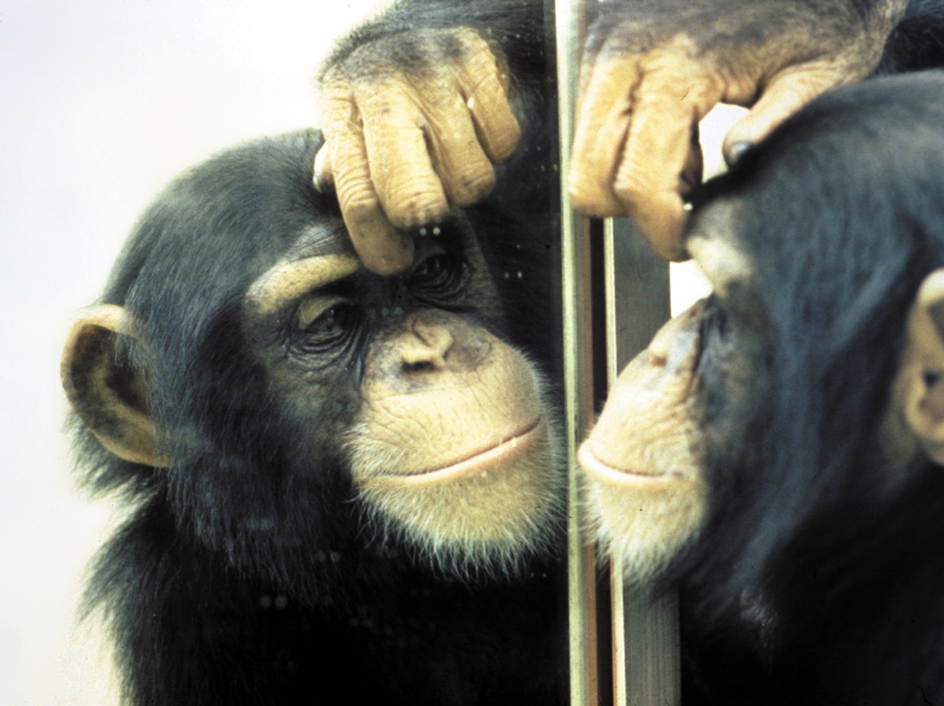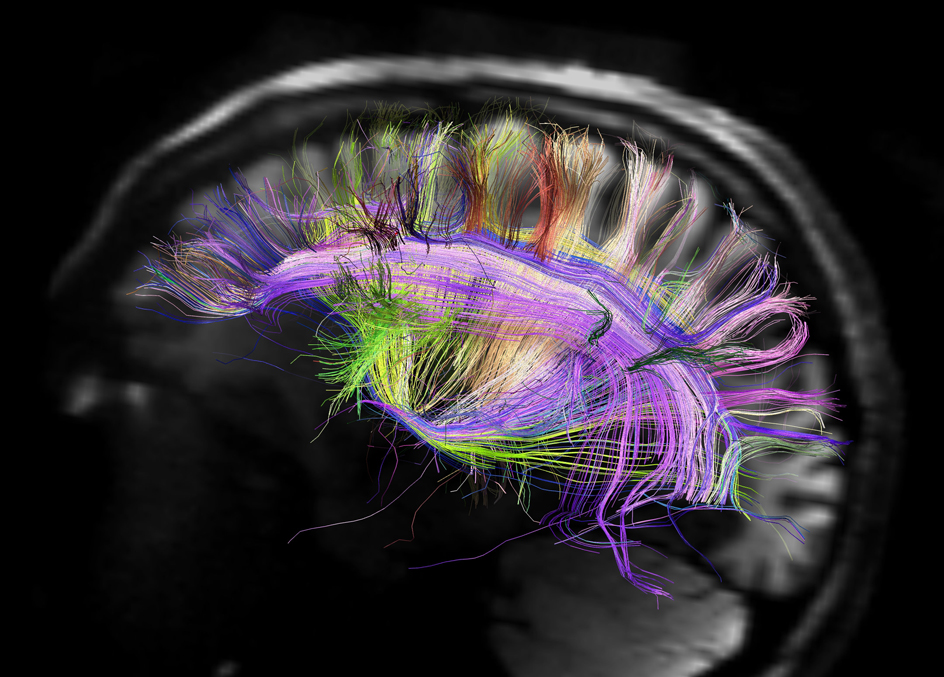Mind. People have disagreed about the best way to define the mind for centuries. Scientists and thinkers of all kinds, including philosophers, psychologists, and even computer scientists, have contributed to our knowledge of the mind. Experts, however, continue to debate about exactly what the mind is.
Most complex animals that possess a nervous system have what can be described as a mind. A mind enables animals to react to, and make sense of, their surroundings. In human beings, the mind also involves internal thoughts and feelings.
Parts of the mind.
Most scientists who study the mind agree that it is related to the brain; but unlike the brain, the mind is not a distinct physical object. Many view the mind as being made up of three distinct parts called (1) the base level, (2) self-awareness, and (3) theory of mind. The different parts determine how individual organisms interpret events and the world around them.
The base level of the mind is responsible for making events fit into an individual’s thoughts. All complex animals receive stimuli from the outside world and must make sense of them internally. The term stimuli, the plural form of stimulus, refers to objects or situations that produce a response. Organizing the environment into something meaningful is one of the mind’s roles at the base level. For example, a person can hear a sound and know that it is a telephone or a doorbell. The mind can make out the difference between the two sounds. The individual then knows how to react appropriately—that is, whether to answer the phone or go to the door.
Self-awareness is the ability to monitor one’s own thoughts. For example, a self-aware person may know that he or she is happy, rather than just feeling happy. Thus, the mind of a self-aware individual can reflect on its own mind. Most adults have self-awareness, but people are not born with it. Children do not usually become aware of themselves until they are about 2 years old.

Theory of mind refers to the fact that minds can know that other minds exist. Most human beings are aware that other people have minds. They know that other people think, feel, see, and hear. This idea is also known as mental state attribution. For example, a person may know that he or she is sad while a friend is happy. This person realizes that there are two separate minds that are capable of different thoughts and feelings.
People have tried for centuries to determine the nature of the mind of nonhuman animals. All complex animals have a mind that exists at the base level. All animals can react to stimuli appropriately and make some sense of the external world. However, scientists are not certain whether other animals have self-awareness or theory of mind. There is evidence that some apes have self-awareness. Chimpanzees, for example, can recognize themselves in a mirror. Captive orangutans who have been taught sign language will sign their own name. These apes also appear to have the beginnings of a theory of mind. They seem to know that other minds exist.
Alterations of the mind.
Not all minds function properly all the time. Mental illnesses, such as schizophrenia and autism, involve alterations of the mind. In these cases, individuals have a difficult time fitting together their thoughts and the external world.
Drugs and alcohol can also cause short-term, and occasionally permanent, alterations of the mind. Some psychologists also consider meditation and hypnosis to be mind-altering experiences. However, as with drugs and alcohol, people react to meditation or hypnosis in different ways. Even sleep and dreaming can be thought of as an alteration of the mind. People often think and act differently in dreams compared to the waking state.
The mind/body problem.
Researchers do not know exactly where the mind exists. This mystery is known as the mind/body problem. Most scientists agree that the mind is the product of the brain and nervous system. Researchers also know that even creatures with simple nervous systems, such as insects, can have complex interactions with their environment that indicate a base-level mind. These creatures, however, do not have self-awareness or theory of mind, which are often called higher functions of the mind.
There is evidence that higher functions of the mind develop in a portion of the brain above the eyes called the frontal cortex. Human beings and some species of apes have a highly developed frontal cortex. Damage to the frontal cortex results in distortions of higher mind functions. The right side of the brain appears to play an important role in establishing a person’s sense of self.

Scientists do not know the precise manner in which the cells that make up the brain give rise to the mind. In the brain, neurons (nerve cells) communicate with each other through electrical and chemical signals. But scientists do not understand how this communication gives rise to an individual’s sense of the world. Discovering how the mind develops from the nervous system is considered so difficult that scientists have labeled it the hard problem of the mind.
